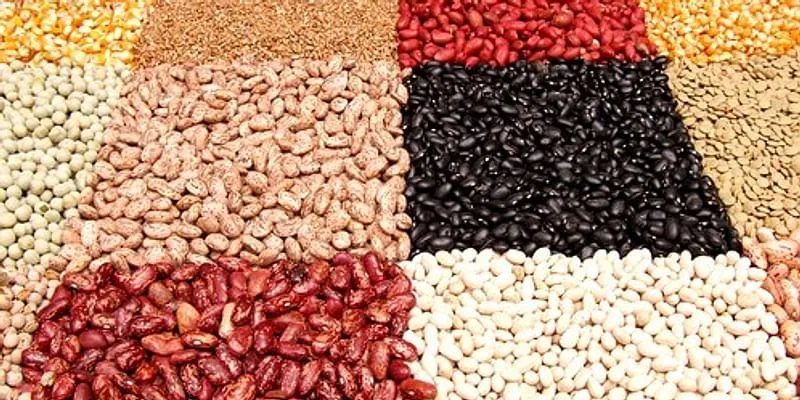Why pulses are the pipeline for nutrition
Read about the nutritional values of protein-rich pulses that have been an integral part of Indian diets for centuries.
While on one hand, the COVID-19 pandemic is leading to lost jobs, reduced food, and increased malnutrition, on the other, it is also making us sit up and take notice of what we really need to eat to build and maintain health.
We have all known for a long time that the key to good health is eating right, among other things. A well-rounded meal plan should have a variety of foods from all food groups like cereals, pulses, vegetables, fruits, nuts, seeds, dairy, etc.
Pulses have been an integral part of Indian diets for centuries. Some of the commonly used pulses and dals in India include channa, rajma, moong, tur, urad, masoor, soybean, horse gram, etc.
Vegetarians and vegans depend on pulses to a great extent for their protein requirement. Either in the whole form or split into dals, pulses are an everyday ingredient in gravies, dal makhani, dal fry, sambar, rasam, khichdi, idli, dosa, cheela, seasonings, accompaniments, and much more. In other cuisines, pulses find a place in soups, salads, casseroles, burritos, falafel, hummus, and so on.
Nutrition-wise, pulses provide protein, fibre (soluble and insoluble), complex carbohydrates, some amount of vitamins and minerals like iron, zinc, folate, magnesium, etc.

Image Credit: Pixabay
Although pulses are high in protein content, they need to be combined with cereals to obtain the benefit of all the essential amino acids. Idli, dosa, pongal, khichdi, and roti-dal are some examples of cereal-pulse combination. Pulses and dals have very little fat unless they are deep-fried or included in oily gravies. Raw pulses can be stored for many weeks without losing their nutritional value.
The high fibre content and low glycemic index of pulses help to improve blood glucose and insulin levels. The iron content in pulses can be made bio-available by combining them with foods rich in vitamin C. Since they are gluten-free, pulses and dals can be given to all gluten-intolerant persons.
Pulses are a great substitute for meat because they are cholesterol-free and contain almost no saturated fat. Soaking and rinsing the pulses before cooking helps to reduce their flatulence effect.
Sprouting is another great way to consume pulses. This process increases the vitamin content and enhances the digestibility of pulses. The phytochemicals present in pulses are believed to be beneficial too.
Although pulses play an important role in building health, they are consumed in lesser quantities than required. The recommended intake of pulses per day is anything between 60 and 120 g per adult per day (depending upon the activity and gender of the individual). This quantity can be distributed over two to three meals in the day.
Including pulses in the daily diet is a healthy way to meet dietary recommendations. So, start this habit today!
Edited by Suman Singh




![[YS Exclusive] ‘Gully Boy’ Naezy speaks on the hip hop scene, and following a passion](https://images.yourstory.com/cs/7/2eca4f10-3f1e-11e9-9bb2-f1d3f44fb336/Screen_Shot_2019-03-05_at_11551773976544.49?mode=crop&crop=faces&ar=16%3A9&format=auto&w=1920&q=75)



